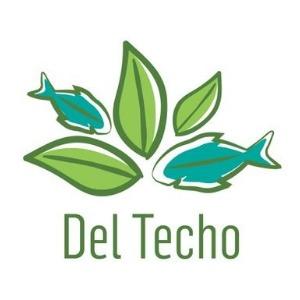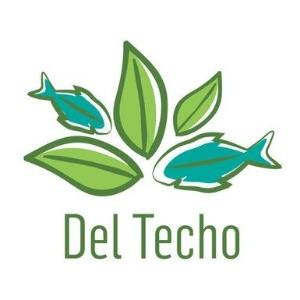
Aquaponic roof farming towards SDGs 2, 11 and 16 by Del Techo Colombia
Please find below the
Finalist Evaluation
Judges'' ratings
| • | Novelty: | |
| • | Feasibility: | |
| • | Impact: | |
| • | Presentation: |
Judges'' comments
Judge 1
This aquaponic roof farming proposal is interesting in many ways. It relies on a close loop system that makes this project very resource-efficient. Furthermore, it aims to empower local communities to commit to the project and create trust and hope. Those two elements would benefit any city that wants to be more circular.
Judge 2
This proposal is very interesting, showing involvement of many crucial stakeholders. The collaborative, sharing and transparent approach could certainly help accelerate the deployment of a circular economy. It is also a great exemple to introduce basic principals of a circular economy and the project could be part of a larger introductory educational program about circular economy. Scalability, reuse of poorly exploited space and positive impact on community make the project even more relevant. Great potential!
Judge 3
Aquaponic is for sure one of the popular circular solutions. The model described in the proposal has added value while it is based on the local knowledge and an independently developed prototype. It is not clear whether all safety measurements have been taken into account - like a hygienic standard for food production. It is also not clear, who can have access to the private(?) roofs or terraces and how the production of food can be organised in a safety way. This proposal introduces a lot of important challenges and solutions related to the urban life in developed as well as less developed cities. I would suggest the exchange of knowledge with existing aquaponic projects that are already in use. Not with the ambition to "copy-paste" proofed solutions, more to overcome obstacles that might prevent this particular model to be successfully implemented. Wishing you a lot of enthusiasm in the future and all the best with your project.
Semi-Finalist Evaluation
Judges'' ratings
| • | Novelty: | |
| • | Feasibility: | |
| • | Impact: | |
| • | Presentation: |
Judges'' comments
Judge 1 :
Strong: 1. local collaboration and training at the core 2. local governmental commitment 3. scaling potential is high 4. multiple impact areas: (land use, air quality, emissions, social effects) Additional challenges to address: long-term maintenance of the system - how to ensure that these communities engage with these systems well into the future? Perhaps a local service-based model could be integrated in the businessplan to incentivise the upkeep and maintenance of the system by the neighbourhoods and communities where these systems are installed.
Judge 2 :
The proposal was well described using pictures to illustrate the prototype. I was surprised that they could also plant fish. Furthermore, they have a very diverse and complementary team. Great projet with great social impact!
 Diego Zapata May 6, 2018 06:48 | Proposal creator Thank you for your insightful feedback. Regarding your comments, and particularly on long-term maintenance, we believe the most crucial variable in guaranteeing our system’s long-term sustainability is true community engagement. Even if we manage to support the initial set-up and the first few month’s of functioning, we definitely do not aim at becoming the providers of maintenance nor the keepers of any sort of business secrets. On the contrary, we aim at delivering full packages of open source information to the collaborating communities, not only on the hydraulic, biological and chemical aspects of the system, but also on the nutritional benefits derived from its output. Even though this sounds like anathema to traditional business development, it will benefit all of us involved, in the long term. By providing full access to the technical knowledge that we have generated, communities will own the initial systems, and most importantly, will use their local creativity and traditional techniques to improve/adapt these systems to local conditions and challenges, in ways that theory could not predict. This includes - of course- short-term and long-term maintenance, as well as the intersection with additional processes within the same cycle, or novel complementary cycles. Having said this, however, we do expect that the first communities where our system is implemented, will quickly develop incentives to install similar systems in neighboring communities, and to provide maintenance services to those new owners. |